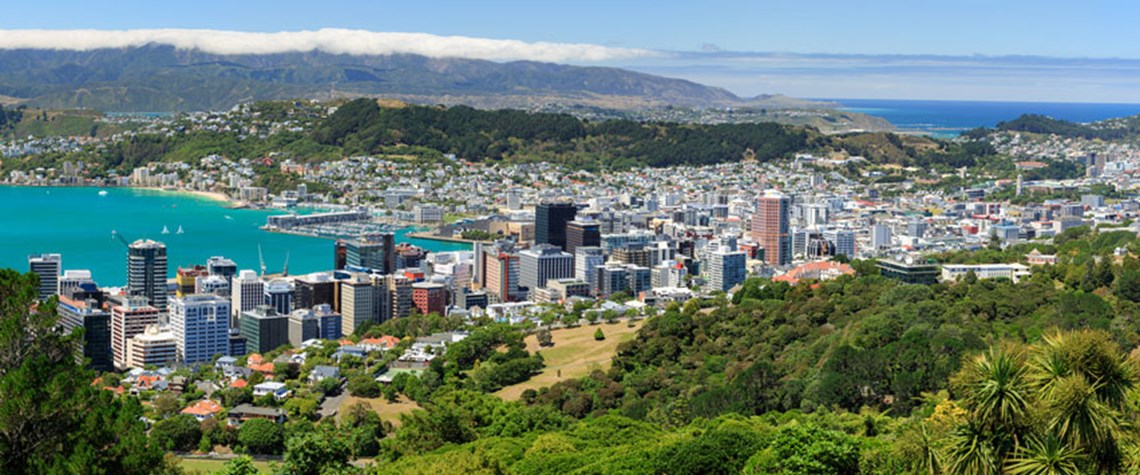New Zealand’s revamped carbon market starts trading
Enhanced system covers half of the country’s emissions to support its climate ambitions
New Zealand held its first auction of emissions allowances this week, heralding a major revamp of its carbon market and putting a hard cap on greenhouse gas pollution for the first time. Launched in 2008, New Zealand’s emissions trading system (ETS) did not initially have a binding cap but merely required emitters to buy any allowances they needed in excess of free allocations issued every year. The government carried out consultations over possible reforms in 2015, which led to significant changes that took effect at the start of this year. The regulator has set an overall cap on the emissions covered by its ETS of an average 40mn t/yr from 2021 to 2025 New Zealand’s upgraded marke

Also in this section
10 December 2025
Net zero is not the problem for the UK’s power system. The real issue is with an outdated market design in desperate need of modernisation
28 November 2025
The launch of the bloc’s emissions trading system in 2005 was a pioneering step, but as the scheme hits 21 its impact as a driver of decarbonisation is still open to debate
18 November 2025
Vicki Hollub, president and CEO of Occidental, has been selected as the 2026 recipient of the Dewhurst Award, the highest honour bestowed by WPC Energy. The Dewhurst Award celebrates exceptional leadership, groundbreaking innovation and a lifetime of significant achievements in sup-port of the development and advancement of the energy industry.
11 November 2025
Transition policies must recognise that significant industrial demand for carbon will continue even as economies hit net zero







